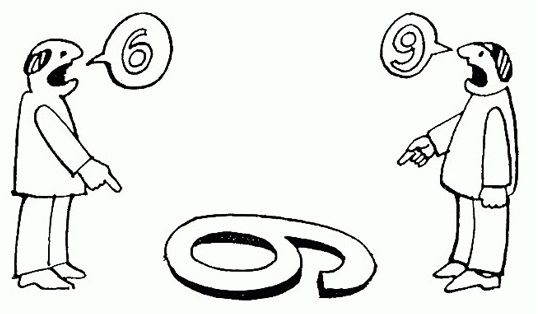CONFLICT
- getintocinema

- Jul 15, 2018
- 2 min read
The Stuff Stories are Made of
Conflicts are the problems and headaches we strive to avoid: a flat tire, a layoff, a break-up, and of course, Killer Klowns from Outer Space (yes, that is a real movie!). The many instances of conflict have different names: tension, rivalry, struggle, obstacle, clash, etc.
Sadly for humans, society overflows with them. But for filmmakers, these “situations” propel the plot in the movies and serve as inspirations! One needs only to open the newspaper to find some real-life examples.
Of course, the news tends to focus on the nastiest cases, but deaths, assaults, and any other kind of crime are only one extreme of the spectrum. Towards the other end of the continuum there are the more down-to-earth frustrations we experience on a daily basis like having to do overtime at work when you already made plans to meet with that old flame from college who stood you up many years ago to go meet with the president of the Chess Club.
That’s what screenwriters do: when designing stories, writers have to frame conflict into relevant context, which usually means amping the problem: a flat tire on the way to work, a layoff when your kids just started college, a break-up right before the prom, and Killer Klowns from Outer Space when, well, pretty much anytime.
Types of Conflict
Here’s a couple of terminology that helps us define and classify the various kinds of conflict:
External vs. Internal
An external conflict is a physical obstacle that exists in the world of the story and prevents a character from achieving a goal, such as your computer crashing minutes before the deadline to upload your final exam.
In Little Miss Sunshine (2006), one external conflict the family has to overcome is the distance. They have to travel from Albuquerque, New Mexico to Redondo Beach, California. But as a screenwriter, what do you do? You throw even more obstacles their way:








Comments